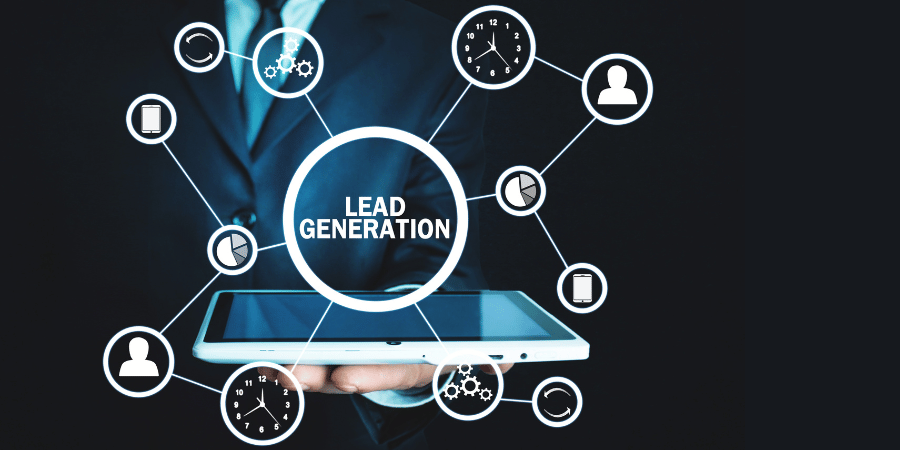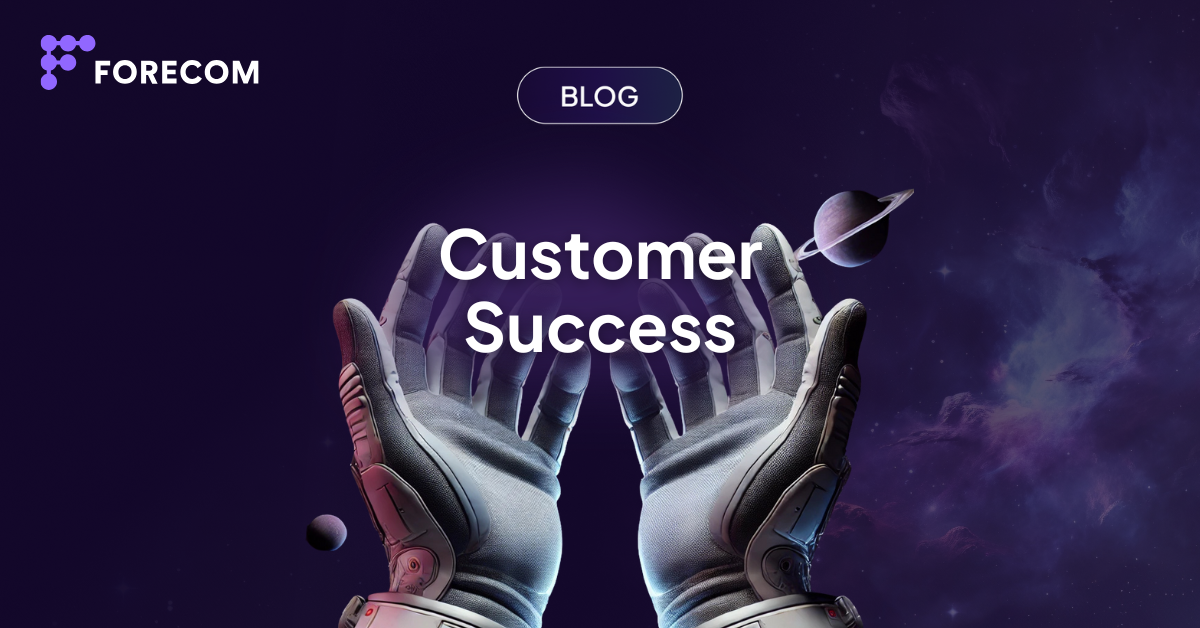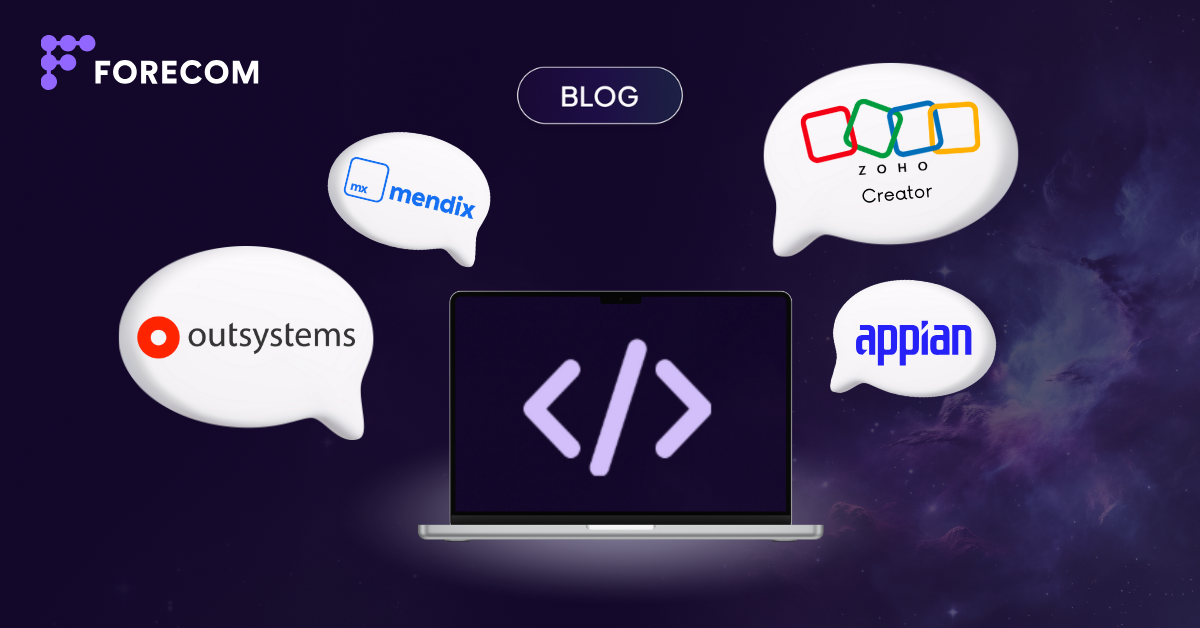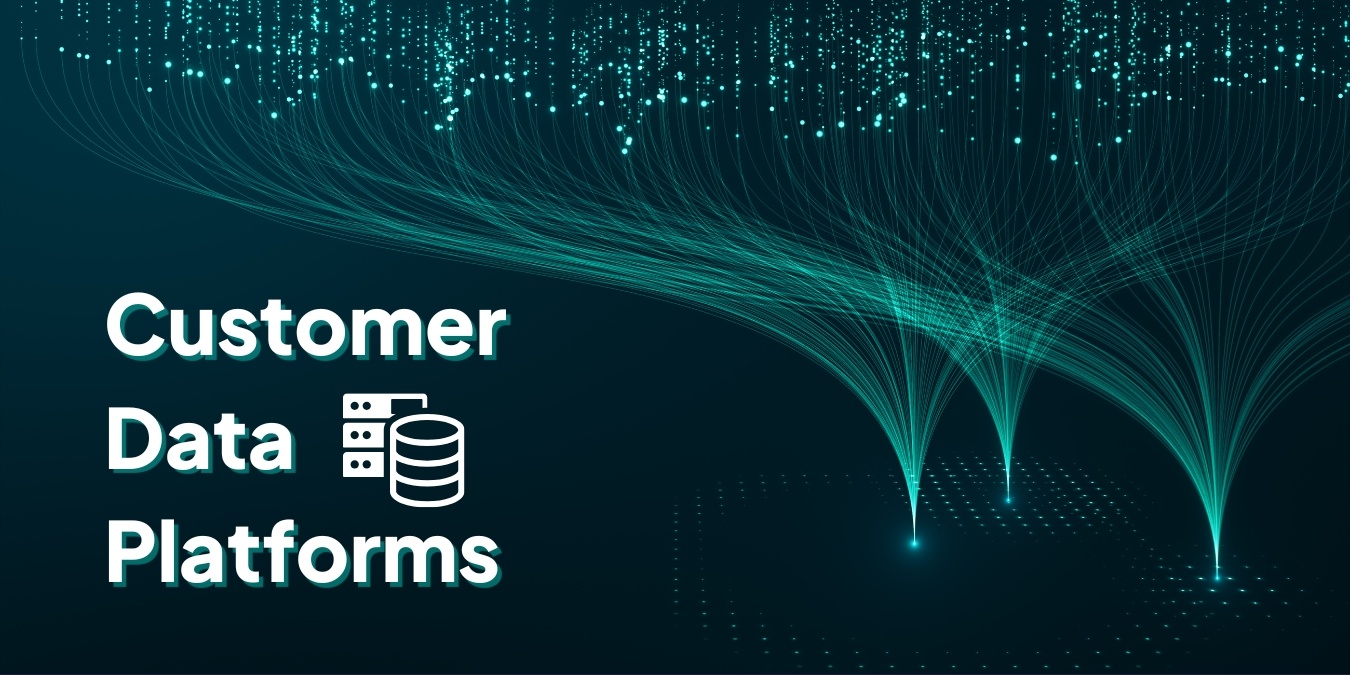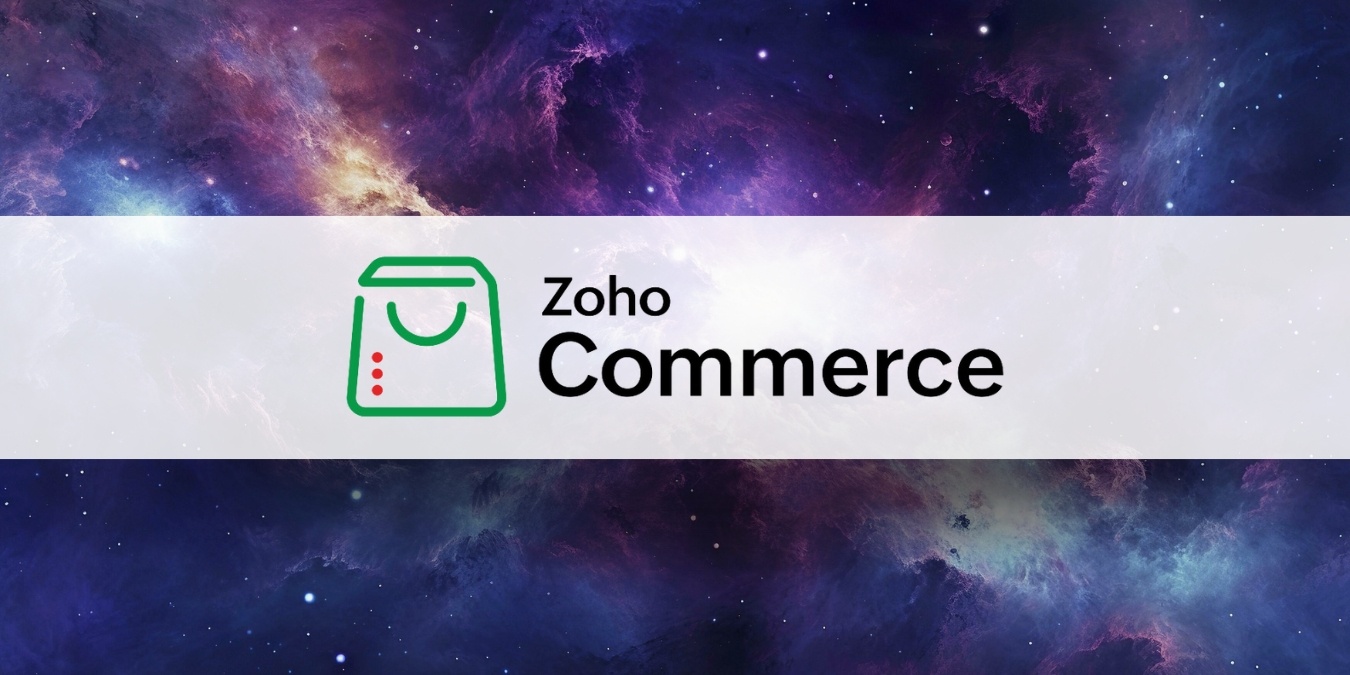Let's talk about the importance of lead generation in the B2B sales process. We will explore how lead generation can play a pivotal role in each stage of the sales process and provide actionable tips to help you generate quality leads for your business.
Content
Understanding the B2B Sales Process
Key Elements of Lead Generation
The Role of Lead Generation in the B2B Sales Process
Benefits of Effective Lead Generation
Best Practices for Effective Lead Generation
Introduction
In the ever-evolving world of B2B sales, lead generation has become a crucial component in the success of any marketing strategy.
But what exactly is lead generation?
However, it goes much deeper than that. Lead generation requires a thorough understanding of the target audience, an effective strategy, and the right tools and technologies to execute it.
So, whether you are a seasoned marketer or a beginner looking to improve your lead generation efforts, this blog post is for you.
Leads And Their Types
As you have probably guessed it by now, the definition of a lead goes as follows:-1.png?width=591&height=180&name=Copy%20of%20Forecom%20quotes%20(2)-1.png)
Leads can come from a variety of sources, such as online inquiries, referrals, or networking events. Once a lead is identified, a sales representative will typically reach out to the lead to initiate contact and start building a relationship. The goal of this process is to eventually convert the lead into a paying customer.
Leads can be classified into different categories based on various factors such as the level of interest, the stage of the sales cycle, and the quality of the lead.
The most commonly used lead classification is as follows:
1. Cold leads
These are potential customers who have not yet expressed any interest in the business's product or service. They may have been acquired through cold calls or other means and are usually not familiar with the company.
2. Warm leads
Warm leads are potential customers who have shown some level of interest in the company's product or service. They may have filled out a form on the company's website, downloaded a whitepaper, or responded to an email.
3. Hot leads
Hot leads are prospective customers who are close to purchasing a company's product or service and have expressed a high level of interest. They may have requested a demo, spoken with a sales representative, or visited the company's website multiple times.
4. Qualified leads
Qualified leads meet specific criteria determined by a company. Such criteria are typically identified as budget, authority, need, and timeline (BANT).
The BANT system, though considered outdated by many, may still offer a nice idea on what kind of questions you should be asking to determine whether a lead is qualified or not.
For instance, try asking the following:
- Budget: “Does the lead have enough budget to pay for our service? And how much are they willing to pay?”
- Authority: “Is this contact a decision-maker with enough authority to buy from us?”
- Need: “Does the lead have an actual need for our product? What problem are they trying to solve?”
- Timeline: “What is the lead's expected timeline? Do they look for solutions urgently?”
If the leads get qualified, they are considered to be a good fit for the firm's product or service and are more likely to convert into customers.
5. Unqualified leads
These are potential customers who do not meet the criteria for a qualified lead. For example, they may not have the budget, authority, need, or timeline to purchase the company's product or service.
Classifying leads can help sales teams prioritize their efforts and focus on the leads that are most likely to convert into customers. It can also help them tailor their sales approach and messaging to better address the needs and interests of different types of leads.
Understanding the B2B Sales Process
In order to understand the role of lead generation in the B2B sales process, it is important to first have a solid grasp of the process itself. While every business may have its own unique sales process, most B2B sales cycles typically follow a similar framework.
Here is a breakdown of the stages involved in the B2B sales process:
1. Prospecting
This is the initial stage where businesses identify potential customers and reach out to them to gauge their interest in their products or services. Prospecting can involve a variety of methods such as cold calling, email marketing, and social media outreach.
2. Qualification
Once a business has identified a potential lead, the next step is to determine whether they are a good fit for the company's offerings. This stage involves asking qualifying questions to determine if the lead has a genuine need for the product or service and if they have the authority and budget to make a purchase.
3. Presentation
If the lead is qualified, the next step is to present the product or service to them. This can involve demonstrations, product samples, or other forms of marketing collateral to showcase the benefits of the offering.
4. Objection handling
At this stage, the lead may have some concerns or objections about the product or service. This is where the sales team must address these objections and provide solutions to help the lead overcome any hesitations they may have.
5. Closing
If all objections have been addressed, the sales team can move on to closing the deal by asking for the sale or signing a contract.
6. Follow-up
After the sale has been made, it is important to follow up with the customer to ensure their satisfaction with the product or service and to nurture the relationship for future business opportunities.
Key Elements of Lead Generation
While lead generation is a complex process that involves a variety of factors, there are some key elements that are essential for success.
Let's take a closer look at each of these elements and how they contribute to the overall B2B sales process:
1. Target Audience
The first and most important element of lead generation is identifying your target audience. Without a clear understanding of who your ideal customer is, it is impossible to generate quality leads.
This involves conducting market research to gather data on customer demographics, psychographics, and behavior, as well as identifying pain points and needs.
2. Strategy
Once you have identified your target audience, the next step is to develop a lead generation strategy. This is where inbound marketing comes in.
Align with your marketing team and determine which channels to use to reach your audience (such as social media, email marketing, or PPC). Do not forget to craft compelling messaging and content, and create clear calls-to-action (CTAs) for potential leads.
3. Lead Magnets
Lead magnets are incentives that businesses offer to potential leads in exchange for their contact information. These can include ebooks, free trials and samples, or other types of valuable content that help solve a problem or answer a question.
Lead magnets are an effective way to attract high-quality leads and build trust with your audience.
4. Landing Pages
A landing page is a dedicated page on your website designed to capture leads by offering a lead magnet or other valuable offers. Landing pages should be optimized for conversion and contain clear, compelling messaging that highlights the benefits of your offering.
5. Lead Scoring
Lead scoring is the process of assigning a score to each lead based on their level of engagement and readiness to purchase. This helps businesses prioritize leads and focus their efforts on those that are most likely to convert. We will tell you more details about lead scoring shortly.
By focusing on these key elements of lead generation, businesses can effectively generate quality leads and move them through the sales funnel to become loyal customers.
The Role of Lead Generation in the B2B Sales Process
Lead generation is the cornerstone of a successful B2B sales process. It lays the foundation for businesses to identify and nurture potential customers, build trust, and ultimately close more sales.
Let's break it down further into how it fits into the sales cycle:
1. Prospecting
Lead generation is the foundation of prospecting. By identifying and reaching out to potential customers who have expressed interest in your products or services, you can build a pipeline of qualified leads that are more likely to convert.
A B2B company can use a variety of tools to achieve this, such as social media ads or attending an industry event.
2. Qualification
Once leads have been identified, businesses can use lead magnets, such as ebooks or free consultations, to gather information on their needs and pain points. This allows businesses to efficiently qualify leads and focus their efforts on those that are most likely to convert.
3. Presentation
With a solid foundation of qualified leads, businesses can confidently present their products or services to potential customers. By using targeted messaging and content that addresses the needs of the lead, businesses can effectively showcase the benefits of their offering and increase the likelihood of a sale.
For example, a company could create targeted landing pages and email campaigns that address the specific needs and pain points of their leads.
4. Objection Handling
Lead generation helps businesses identify potential objections early in the sales process, allowing them to proactively address concerns and provide solutions.
For example, a company could create a list of common objections and prepare responses to overcome them or create targeted content (like case studies or testimonials) that addresses those objections.
5. Closing
With a pipeline of qualified leads and effective objection handling, businesses can confidently ask for the sale or sign a contract. By nurturing relationships with leads throughout the sales process, businesses can increase the likelihood of a successful close and a content customer.
This could look like using targeted email campaigns or personalized sales pitches.
6. Follow-up
Lead generation doesn't end with the sale. By nurturing relationships with customers post-sale and continuing to provide value, businesses can increase the likelihood of repeat business and referrals.
Developing a loyalty program is, for example, a great way to keep your customers happy and reward them for their continued cooperation.
In short, lead generation is the foundation of the B2B sales process. By identifying and nurturing potential customers, businesses can build a pipeline of qualified leads that are more likely to convert and become loyal customers.
Benefits of Effective Lead Generation
Effective lead generation is crucial for the success of any B2B business. Here are some of the key benefits of implementing a strong lead generation strategy:
1. Increased Sales
By generating a pipeline of qualified leads, businesses can increase their chances of closing more sales and generating more revenue.
2. Cost-Effective
Compared to traditional advertising methods like print or television ads, lead generation is a cost-effective way to reach potential customers and generate leads.
3. Targeting
With effective lead generation, businesses can target their messaging and content to specific demographics, behaviors, and pain points, resulting in higher quality leads.
4. Increased Brand Awareness
By creating valuable content and promoting it through various channels, businesses can increase their brand awareness and build trust with potential customers.
5. Improved return on investment (ROI)
By focusing on quality over quantity and nurturing relationships with leads throughout the sales process, businesses can increase their return on investment and see long-term success.
6. Data-Driven
Effective lead generation is driven by data and analytics, allowing businesses to continuously optimize their strategy and improve results over time.
In today's competitive B2B landscape, effective lead generation is more important than ever. By implementing a strong lead generation strategy, businesses can increase their sales, build brand awareness, and achieve long-term success.
Best Practices for Effective Lead Generation
Now that we understand the importance of lead generation and the benefits it can bring, let's look at some best practices for implementing an effective lead generation strategy:
1. Define your target audience
As you already know now, before you begin generating leads, it is important to clearly define your target audience. This will help you create targeted messaging and content that resonates with potential customers.
Tools like Hubspots' Make My Persona may help you clearly define your target audience. However, keep in mind that to achieve best results, you will need to collect data about your audience first - think surveys, interviews, and so on.
2. Use multiple channels
To maximize your reach and generate more leads, it is vital to use a variety of channels, including social media, email marketing, content marketing, and paid advertising.
After all, people use on average 7.2 different social media platforms on a monthly basis, as GWI reports. Now what is left is to figure out which ones are used the most by your target segments!
3. Create valuable content
Valuable content is key to successful lead generation. By creating high-quality, informative content that addresses the needs and pain points of your target audience, you can build trust and establish yourself as a thought leader in your industry.
4. Implement lead scoring
Lead scoring is a process that assigns values to leads based on their readiness to purchase. To put it into practice, marketing or sales teams give leads a score (usually from 1 to 100). The higher the score, the higher the chance that the lead will buy from you.
Lead scoring is useful because you can prioritize your efforts on the leads that are most likely to convert.
5. Nurture leads
As previously mentioned, lead generation doesn't end with the initial contact. To increase your chances of closing a sale, it is important to nurture relationships with leads throughout the sales process.
This can be done through targeted content, personalized messaging, and ongoing communication.
6. Continuously optimize
To maximize the effectiveness of your lead generation strategy, it is vital to continuously analyze data and optimize your approach based on what is working and what is not.
By following these best practices, your business can implement an effective lead generation strategy that generates more high-quality leads, increases sales, and establishes a strong brand presence in your industry.
Conclusion
It is clear now that generating high-quality leads is essential for B2B companies that want to grow and succeed. By implementing a strong lead generation strategy, businesses can reach out to potential customers, build trust, and ultimately close more sales.
But what makes an effective lead generation strategy? It starts with understanding your target audience and creating valuable content that speaks to their needs and interests. It also involves using multiple channels to reach as many potential customers as possible and nurturing relationships with them throughout the sales process.
Implementing lead scoring and continuous optimization are also key components of a successful lead generation strategy. By doing so, businesses can prioritize their efforts on the most promising leads and adjust their approach based on what works best.
So, if you are looking to take your B2B sales to the next level, it is time to start prioritizing lead generation.
FAQ
1. What is lead generation?
Lead generation is the process of identifying and attracting potential customers (leads) for a business, with the goal of converting them into paying customers.
2. What are the types of leads?
Leads can be classified as cold leads, warm leads, hot leads, qualified leads, and unqualified leads based on factors like interest level, sales cycle stage, and lead quality.
3. What are the key elements of lead generation?
Key elements include identifying the target audience, developing a lead generation strategy, creating lead magnets, designing landing pages, and implementing lead scoring.
4. What are the benefits of effective lead generation?
Benefits include increased sales, cost-effectiveness, targeted marketing, increased brand awareness, improved ROI, and data-driven decision-making.
Topics: Sales





